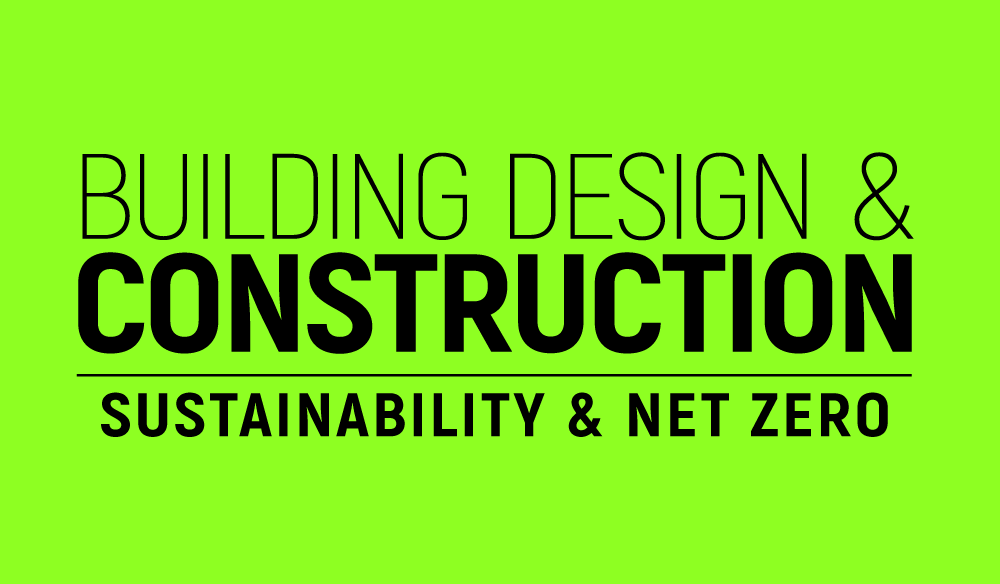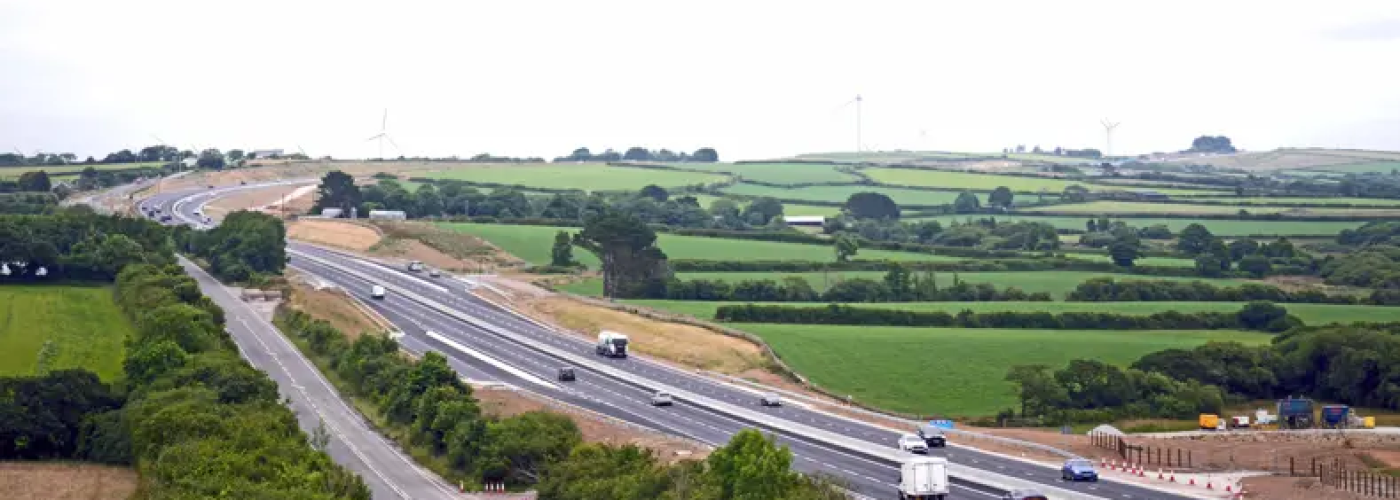Costain has successfully trialled a carbon tracker platform that aims to standardise and improve carbon emissions reporting across its projects.
The tracker, visualised via an interactive, online dashboard, will enable project teams to capture construction related emissions, including Scope 3 emissions, from across the supply chain. It is part of Costain’s decarbonisation strategy and will help continue to drive emissions reductions across the organisation.
The tracker is designed to improve the quality, accuracy and frequency of data reporting through enhanced data analytics and integration with technical baselines. This includes collating emissions data in real-time from both materials and resources used on-site, such as concrete, steel or water, as well as those produced from waste and transportation.
‘Hotspots’ – materials or products that are generating a high volume of carbon emissions – are highlighted to enable project managers to track progress against emissions targets and identify further areas of carbon reduction. Data is benchmarked against a range of industry and government standards so it can be used in broader ESG-related disclosures. This includes PAS2080 and carbon factors published by the Department for Energy Security and Net Zero.
During an initial testing phase, the tracker has been successfully implemented across several of Costain’s projects in road, water and integrated transport, and will be rolled out across all relevant projects over the coming months. It is expected that data shared by suppliers will be used to inform future project planning and provide vital insights to reduce Scope 3 emissions, a key directive of the PAS2080 standards.
Geraint Rowland, group environmental director at Costain, commented: “Environmental data reporting is critical to making net zero a reality, particularly in the construction sector which has a dependency on carbon intensive materials and fuels. It is vital the data we are using is accurate and consistent across our projects and sectors.
“Costain is investing in a visual tracker that aims to standardise the reporting process for our project teams while making it easier for our supply chain to submit the data we need to understand our Scope 3 emissions. Achieving a greater level of accuracy, consistency and granularity will give us a better understanding of how carbon intensive each element of a project is. This means we will be able to make informed decisions that not only reinforce our commitment to delivering predictable, best-in-class infrastructure, but will also improve people’s lives and help protect the planet.”
Building, Design & Construction Magazine | The Choice of Industry Professionals





